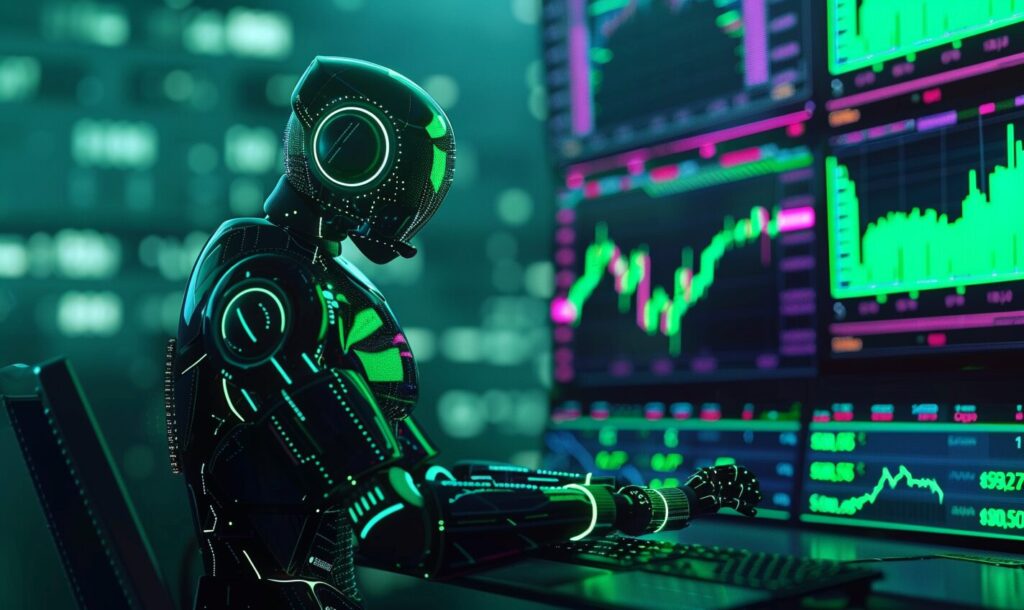What is artificial intelligence? You may have heard the term thrown around a lot lately, but what does it actually mean?
In this blog post, we’ll discuss the origins of artificial intelligence. We’ll take a look at some of the pioneers in the field and how they first used this technology, as well as how we’re using it today.
What Is Artificial Intelligence?
Artificial intelligence (AI) is a branch of computer science. Researchers and developers in AI work on developing systems that can learn from data without human assistance. If they can synthesize and evaluate data like humans, scientists hope the systems can then choose the best course of action.
When Was Artificial Intelligence Invented?
The field of AI began to take shape in the 1950s, when researchers started to use computers to simulate human intelligence. One of the first examples of this was a program called the Turing Test, named after its inventor Alan Turing. Turing developed this test in 1950 to measure how closely a machine could match a human’s behavior.
In 1956, Assistant Professor of Mathematics John McCarthy coined the term AI when he organized The Dartmouth Summer Research Project on Artificial Intelligence. Many of the field’s most important pioneers gathered at this conference to discuss the possibility of creating intelligent machines.
Who Invented Artificial Intelligence?
Several people can lay claim to being the father of AI, including Alan Turing, John McCarthy and Marvin Minsky. These researchers were responsible for many early breakthroughs in AI. They laid the foundations for much of the work being done in AI today.
Marvin Minsky was a leading figure in AI and cognitive science. He made significant contributions to the fields of robotics, computer vision, and machine learning. In 1951 he built the first neural network simulator, called SNARC. He also co-founded the AI laboratory at Massachusetts Institute of Technology with John McCarthy in 1959.
How Did We First Use Artificial Intelligence?
One of AI’s earliest applications was in the development of expert systems. Expert systems are computer programs designed to solve problems in a specific domain, such as medicine or law. These programs use their knowledge and reasoning abilities to provide solutions to problems.
How Has Artificial Intelligence Evolved?
In the early days of AI research, most scientists focused on symbolic approaches, attempting to model human cognition using symbols and rules. However, this approach had limited success in creating systems that could act intelligently.
Connectionist approaches simulate the workings of the human brain using artificial neural networks. This approach has proven to be more effective in creating intelligent systems and has led to significant advances in fields such as natural language processing.
How Do We Use Artificial Intelligence Today?
Today we use AI in several ways. One common application is machine learning, a method of teaching computers to learn from data without being explicitly programmed. Search engines like Google use this technique to improve their results.
Other applications of AI include:
- Natural language processing that enables computers to understand human language and respond in a way that is natural for humans.
- Computer vision that gives computers the ability to see and interpret the world like humans do.
- The design and control of robots to use in manufacturing and other industries.
Looking to the Future With Artificial Intelligence
Artificial intelligence is a constant presence in our lives today. It’s present in applications from search engines to natural language processing to robotics.
Looking to the future, AI has the potential to revolutionize many different industries and change the way we live our lives. The only limit, it seems, is our imagination.
Recent Stories
Follow Us On
Get the latest tech stories and news in seconds!
Sign up for our newsletter below to receive updates about technology trends














